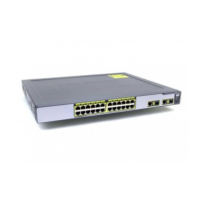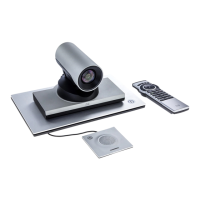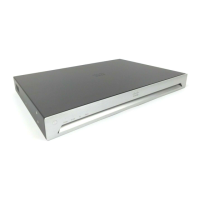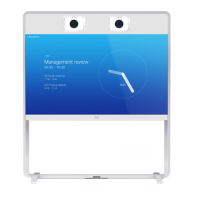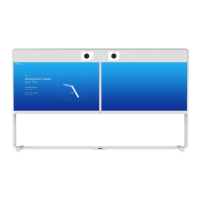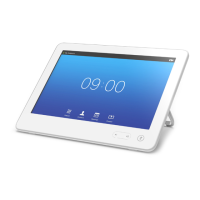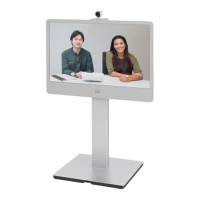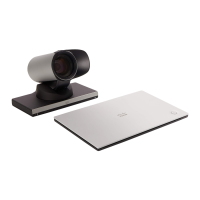About zones
A zone is a collection of endpoints, either all registered to a single system or located in a certain way such as
via an ENUM or DNS lookup. Zones are used to:
n control through links whether calls can be made between your local subzones and these other zones
n manage the bandwidth of calls between your local subzones and endpoints in other zones
n search for aliases that are not registered locally
n control the services available to endpoints within that zone by setting up its authentication policy
n control the media encryption capabilities for SIP calls to and from a zone
You can configure up to 1000 zones. Each zone is configured as one of the following zone types:
n Neighbor: a connection to a neighbor system of the local VCS.
n Traversal client: the local VCS is a traversal client of the system being connected to, and there is a firewall
between the two.
n Traversal server: the local VCS is a traversal server for the system being connected to, and there is a
firewall between the two.
n ENUM: the zone contains endpoints discoverable by ENUM lookup.
n DNS: the zone contains endpoints discoverable by DNS lookup.
The VCS also has a pre-configured Default Zone.
n See the Zone configuration section for information about the configuration options available for all zone
types.
n See the Configuring search and zone transform rules section for information about including zones as
targets for search rules.
Automatically generated neighbor zones
The VCS may automatically generate some non-configurable neighbor zones:
n A VCS Control automatically generates neighbor zones between itself and each discovered Unified CM
node when the system is configured for Unified Communications mobile and remote access.
n A VCS automatically generates a neighbor zone named "To Microsoft Lync server via B2BUA" when the
Lync B2BUA is enabled.
Cisco VCS Administrator Guide (X8.1.1) Page 134 of 507
Zones and neighbors
About zones
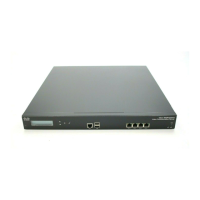
